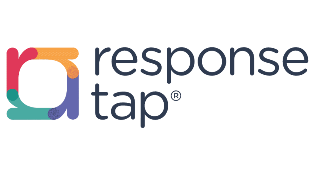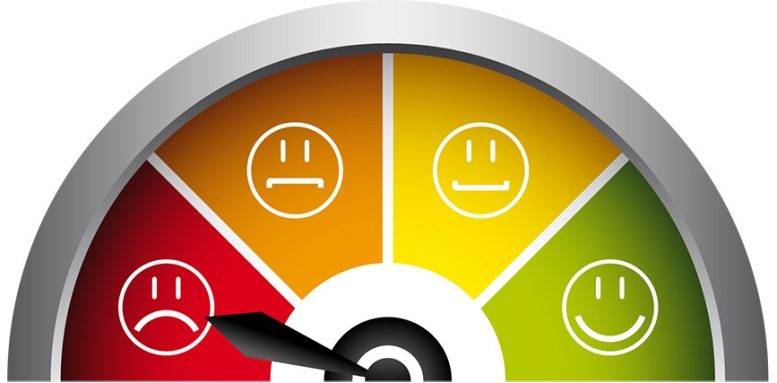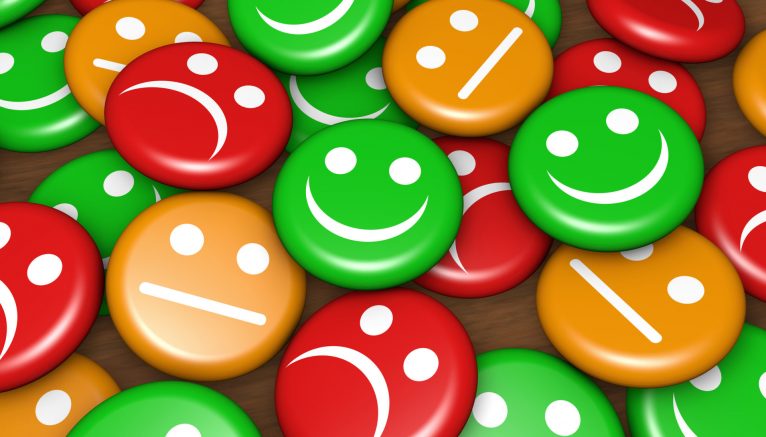The contact centre is the new battleground for post-lockdown sales
Consumers have been through a lot over the past 12 months, and the ways in which they interact with brands has changed. Some of their preferred channels have been closed off to them, with physical stores shut, contact centres running on skeleton staffing, and even social media being slower to respond.
Apart from notable exceptions, such as food or homewares, for example, we’ve had nothing to buy clothes for, no reason to buy a car or book a holiday. For numerous reasons, many brands haven’t been as quick to respond to their customers’ needs as they should have been during this time, and the customer experience has undoubtedly suffered. Against the backdrop of a pandemic customers have been lenient, but that’s unlikely to be the case when we return to business as usual.
 What will your customers want post-lockdown?
What will your customers want post-lockdown?
Brands must be absolutely in tune with what people want if they’re to capitalise on a pent-up desire to spend. In a call with investors recently, L’Oreal’s CEO predicted a roaring 1920’s style return to retail when restrictions are lifted. This is a great opportunity for a rethink. Despite the pain felt, particularly on the high street, companies have a chance to reflect on whether they’re doing everything they can to ease their customers’ path to purchase.
Pre-Coronavirus, only 11% of customer journeys were solely online, so the only way to achieve a holistic view of the full customer journey was by analysing offline activity too. This figure may have increased over the past year but so has our desire for human connection. The number of phone calls we make has already risen and many of us crave the physical experience of the store. According to this recent article on what exceptional customer service will look like in the post-Covid world, speed of response, a personalised experience, a human touch and an emotional connection are all considered to be key.
Most brands worth their salt had already nailed this in store. But consumers increasingly interact across multiple touchpoints and devices, day and night, and expect the journey to be consistent.
The problem is that’s often not the case. And now there’s a wave of consumers out there waiting to shop who are slightly jaded by their experiences in lockdown.
 The things that annoy you will annoy your customers
The things that annoy you will annoy your customers
We’re all consumers, even when we’re trying to market to them, so let’s not forget what prevents us from buying. Any barriers to conversion can kill a sale completely. A piece in This is Money found many brands have been left wanting during 2020, particularly in the contact centre experience – and customers were fed up of the Covid excuse. It lists a raft of alarming stats about call waiting times, being pointed to unhelpful digital channels when contact centre staff aren’t available and phone lines being closed completely.
There’s no doubt it’s been difficult for brands, but the contact centre has lost ground on both conversions and service making it a crucial area of focus as normal returns.
IVRs, something many of us will have encountered during lockdown, are also a continuing source of frustration. The ‘Press 1 for…’ voice that we’re all so familiar with has proven itself to be outdated and redundant during a time when we need reassurance as quickly as possible. The majority of us are likely to hang up before ever speaking to an operative because the IVR is too long or irritating, even if a huge amount of positive nurturing has already been done online. That’s a lot of wasted time and potential.
Differentiating the experience in the contact centre is easy, so it’s hard to understand why IVR, which jars so completely with the quality of personalisation offered online and instore, is still with us.
Pre-Covid Virgin Holidays removed its IVR message for when customers call to book a holiday, for example, and saw conversion rates go up by 48%. Using AI to analyse the online journey of each customer, they are now routed automatically to the best person to deal with their call. This puts the company in a strong position to differentiate itself when the floodgates open on travel.
The quicker a caller can get through to a specialist, the higher the chance of a sale and the greater the opportunity to increase the value of that sale.
 The battleground where customers are won and lost
The battleground where customers are won and lost
If we go back to those key priorities for post-Covid customer services of speed, personalisation and human response then the contact centre is a key playing field for differentiation.
Offering the best possible, personalised phone call enables brands to join the dots between highly optimised online channels and the offline journey, keeping the experience consistent. This also places a huge value on contact centre agents, not just as problem solvers but as brand ambassadors and sales convertors.
Brands that can excel on customer experience – on a channel where customers have been left so disappointed during the pandemic – are the least likely to flap if the next roaring ‘20s are around the corner.

Providing the missing piece of data to optimise marketing spend and increase phone call conversion rates, ResponseTap’s products gives brands and contact centres incomparable power. Since 2008 the business has been pioneering advanced visitor-level call tracking, heralding many industry firsts, including integration into Google AdWords and Google Analytics. In 2020 ResponseTap launched its ground-breaking contact centre product Ember, to personalise the phone call experience and, in an industry-first, kill off the need for businesses to use IVRs.

For additional information on ResponseTap visit their Website
 What will your customers want post-lockdown?
What will your customers want post-lockdown? The things that annoy you will annoy your customers
The things that annoy you will annoy your customers The battleground where customers are won and lost
The battleground where customers are won and lost



